Birds make a variety of sounds to communicate. Songs establish and defend territories, particularly during their nesting season. Calls are used for more day to day purposes including communicating with other members of a flock, warning of danger and many other routine conversations. And then there are the mostly incessant shrieks of fledgling crows and red-tailed hawks as they beg uncooperative parents for additional food; sounds that can now be heard in just about any woodland.
With the breeding season now winding down — it is the middle of July — birds sing less frequently. Early mornings are quieter now than they were in May and June, as many species have finished raising their broods and so have less need to maintain and defend a territory.
The reduced frequency of singing can make finding woodland birds more difficult. Birds are more abundant now because of all the youngsters around, but many of the canopy-dwelling birds are harder to find because they do not give away their locations by singing.
Of course I am thinking of warblers. Over the years we have had 11 summer resident species of warblers. I used eBird data to count both the number of individuals reported and how many sites each species has been reported from in June and July of this year. The results are presented here from least to most abundant.
Only one species, the black-throated green warbler, has disappeared as a breeding species. I remember them breeding in the state forest back in the 1970s and 1980s. There have been no eBird reports of this species this year, even during the northward migration.
One yellow-throated warbler has been reported this year from the vicinity of John Hoft Road. This column has reported their presence there for maybe the past five years, but breeding has never been confirmed.
Blue-winged warblers are slightly more abundant, with a combined total of six individuals present at Great Rock Bight, the nearby Brickyard and along Christiantown Road.
The next two species are equally abundant, mostly along the north shore. There were six northern parulas from four locations, while black and white warblers had eight individuals from five locations. American redstarts are more widespread, with 36 individuals from seven locations, but they too are mostly along the north shore.
Now we get into to the five species that are way more abundant and widespread. Sixty-four prairie warblers were found at the 30 locations, while there were 90 ovenbirds across 26 locations. Both species were found across the Island except for some unknown reason they were not found in southern Edgartown or on Chappaquiddick.
Pine warblers are equally abundant as the ovenbirds, with 91 individuals reported from a total of 41 locations. Interestingly, there was only one pine warbler reported from Chilmark and none from Aquinnah.
Yellow warblers are the second most abundant warbler, with 109 individuals counted from 52 locations across the Island. And if you have not guessed by now, the common yellowthroat is the most abundant warbler; so nice to have its common name be accurate! There were 172 individuals reported from 71 locations Islandwide.
Highlights for the week are sightings of southbound migrant waterbirds.
Lesser black-backed gulls have spread from Eurasia into North America as a migrant and winter resident. They are now regularly seen on the Vineyard, especially along the south shore. There were two sightings of this gull from the ocean beach of Tisbury Great Pond, both on July 7. Matt Pelikan found six of them while David Benvent spotted five; probably the same birds. Matt Pelikan also reports there were several dead great shearwaters and one dead dovekie on that beach.
Most of the migrants are sandpipers and plovers. Greater yellowlegs are the most conspicuous of these. On July 8, Warren Woessner found two at the western end of Katama Bay, David Benvent observed one at Haystack Island in Sengekontacket Pond, Miles Guggenheim watched two at Norton Point, and Alex Lin-Moore saw one at Lighthouse Beach. On July 9 Noah Henkenius spotted one at Eel Pond, Warren Woessner found one along the southeast corner of Edgartown Great Pond, while David Benvent saw three on State Beach.
The small least sandpiper — our smallest shorebird — also showed up in multiple locations. Warren Woessner found three on a muddy shoreline in southeastern Edgartown Great Pond on July 8, while the next day Barbara Lerner found three at Norton Point, Noah Henkenius saw two at Eel Pond and Seth Buddy observed one on Mink Meadows Beach.
Spotted sandpipers have also arrived about one month after they departed on their northward migration. David Benvent found one at Lobsterville Beach and another at Quansoo, both on July 6. The next day he found one on the Chilmark side of Squibnocket Pond. On July 8 he found one at Little Gravel Island in Sengekontacket Pond, and on July 9 he saw one at Cedar Tree Neck.
Several other species made their first appearance of the southbound migration. On July 5 David Benvent saw three short-billed dowitchers at Norton Point, Bridget Dunnigan and Sea Williams found seven short-billed dowitchers on the shore of Tisbury Great Pond near Flat Point Farm on July 8. Noah Henkenius found two at Lighthouse Beach on July 9. David Benvent spotted a black-bellied plover on Sarson’s Island on July 8, and the next day he found a semipalmated plover at Cedar Tree Neck.
On July 6, Sue Shea and Debbie Magnuson watched four tiny willet chicks and their parents in the marshes at Bend in the Road Beach.
And finally, a quick reminder oi two upcoming birding programs. Steve Allen leads the weekly Thursday morning Early Birders at Felix Neck at 8 a.m. And yours truly will be leading the Martha’s Vineyard Bird Club’s Birding 101 for beginners at Sheriff’s Meadow Sanctuary at 7 a.m. on Monday July 17. All are welcome at both programs and binoculars are provided for all who need them.
Please email your bird sightings to birds@vineyardgazette.com.
Robert Culbert is an ecological consultant with Nature Watch LLC living in Vineyard Haven.

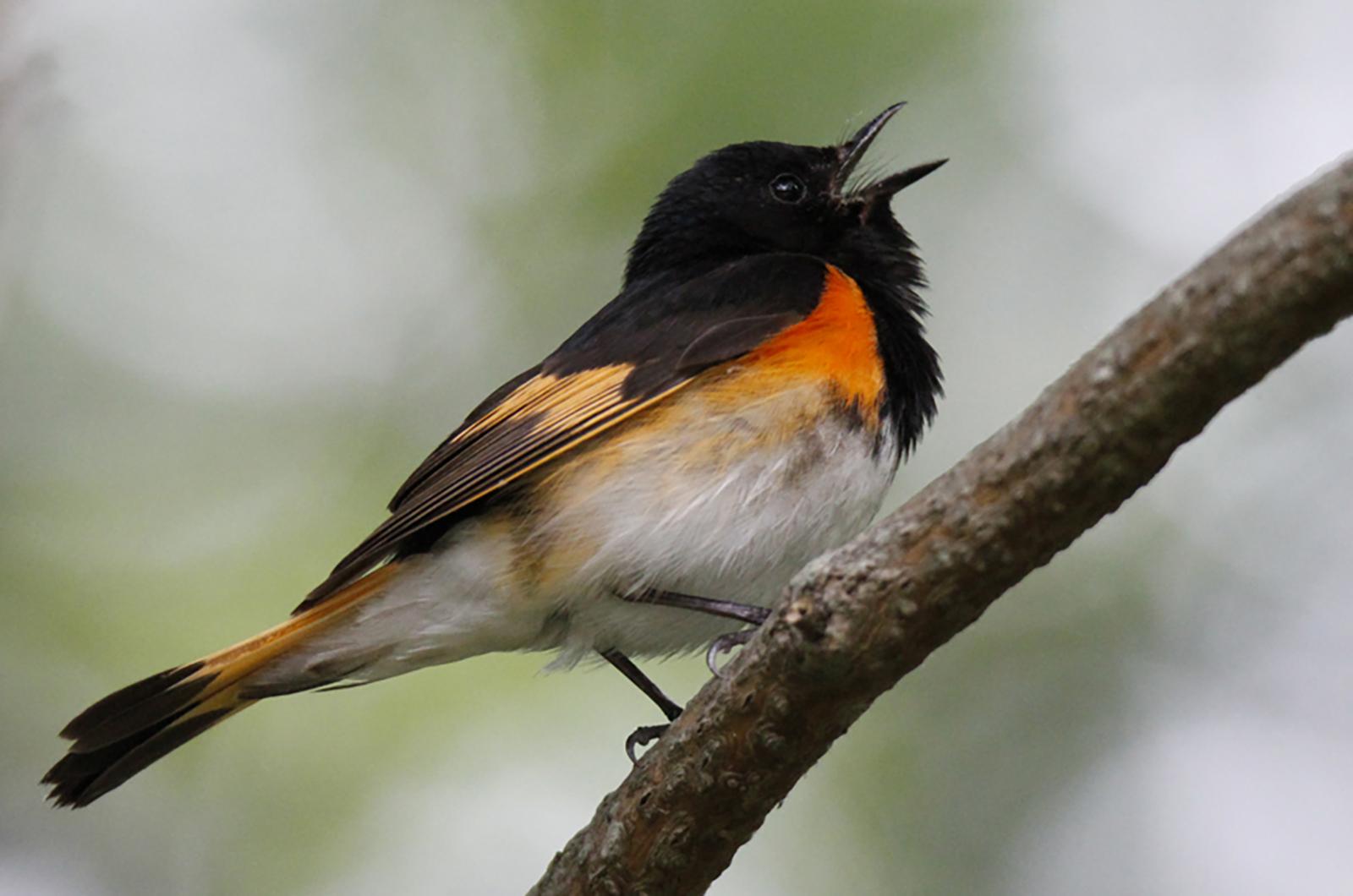
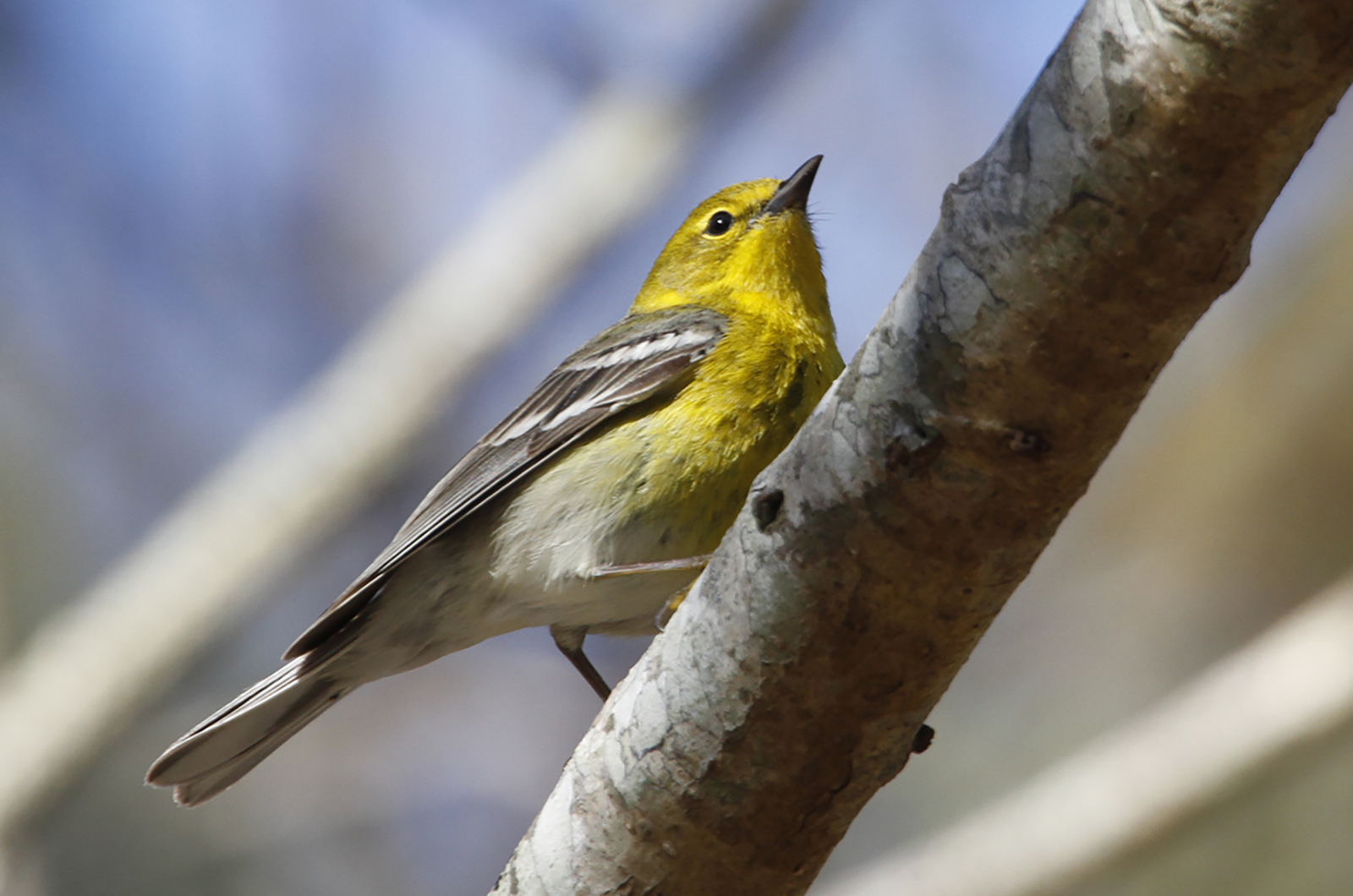
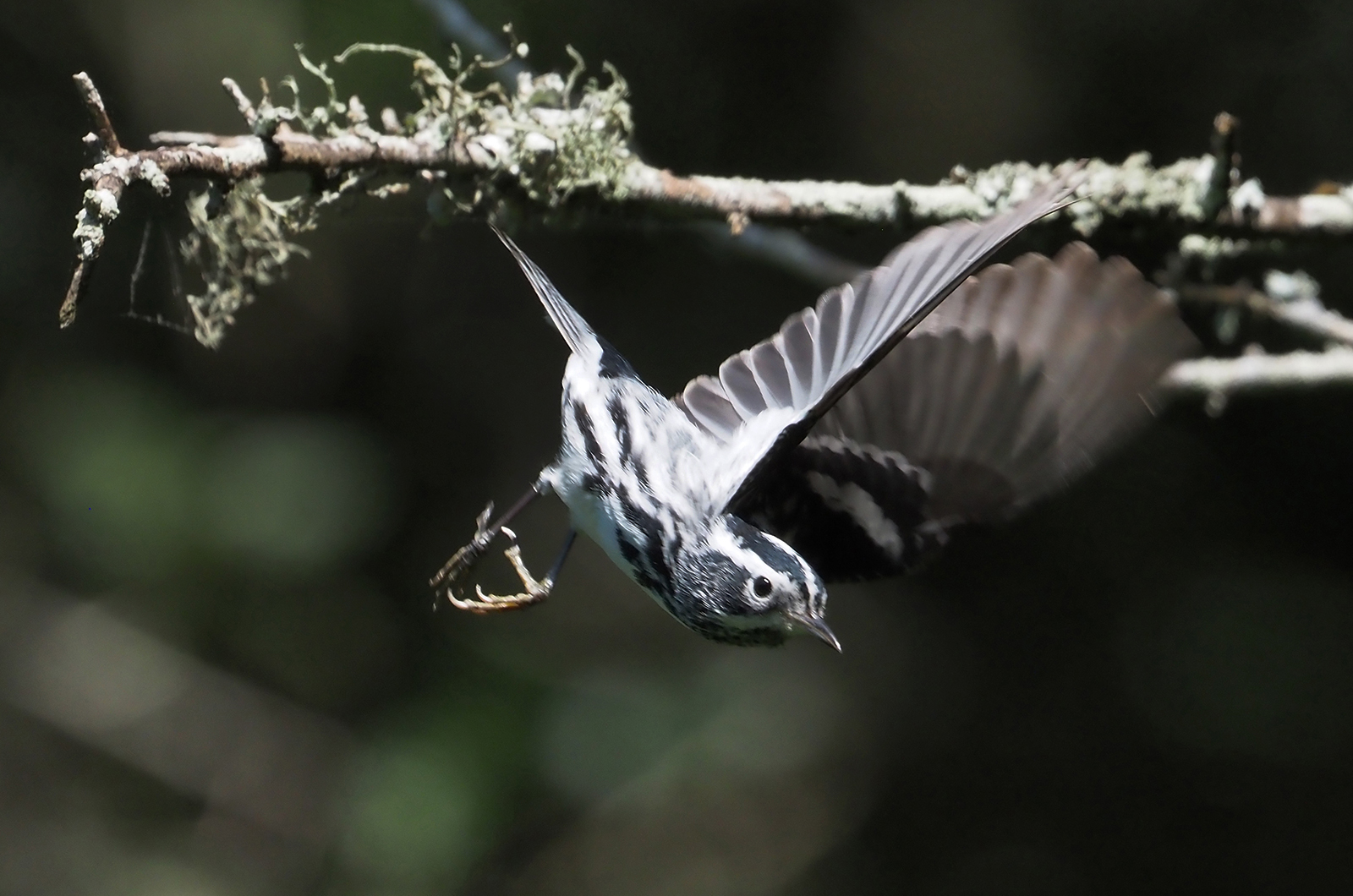
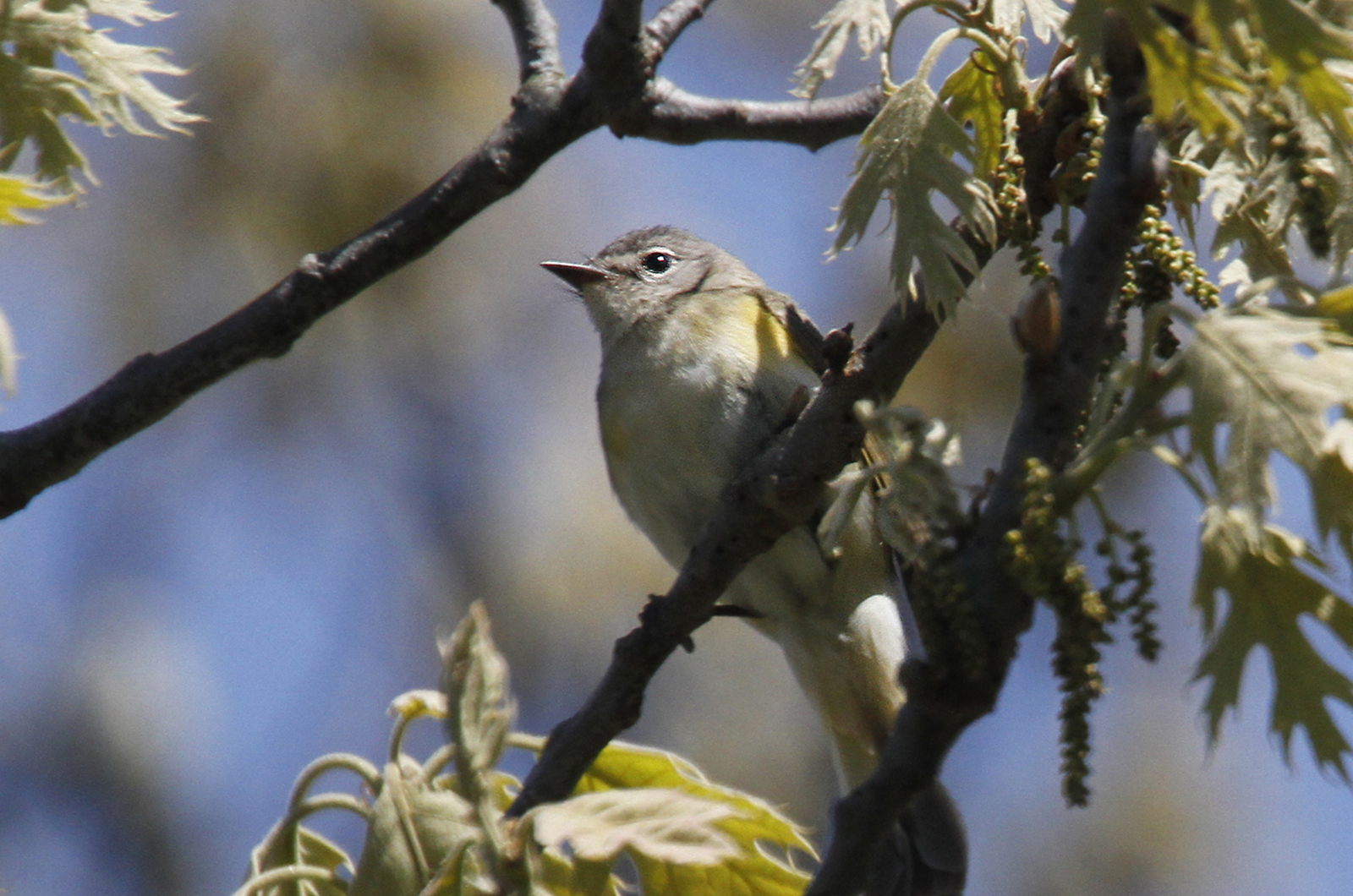

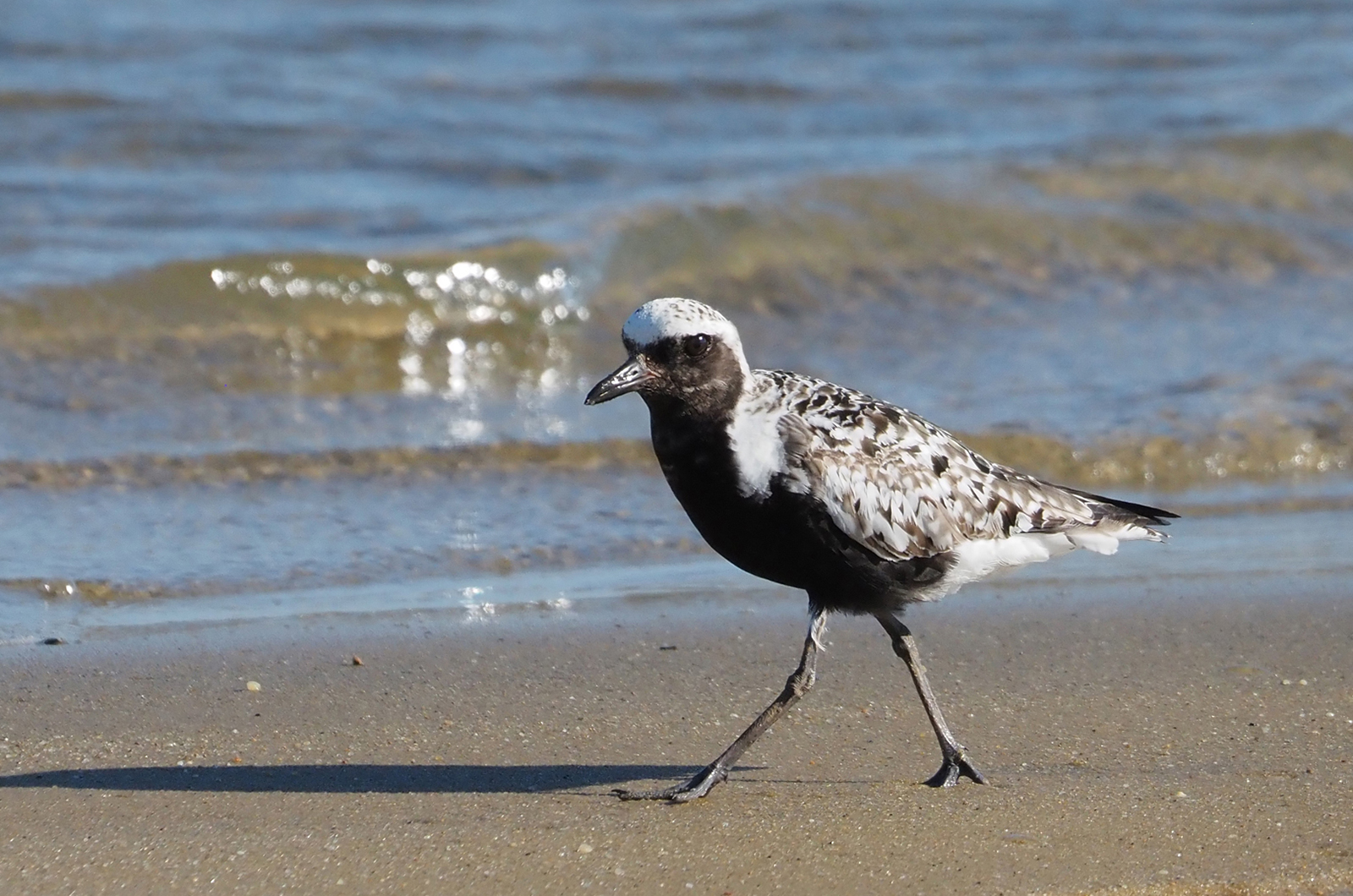
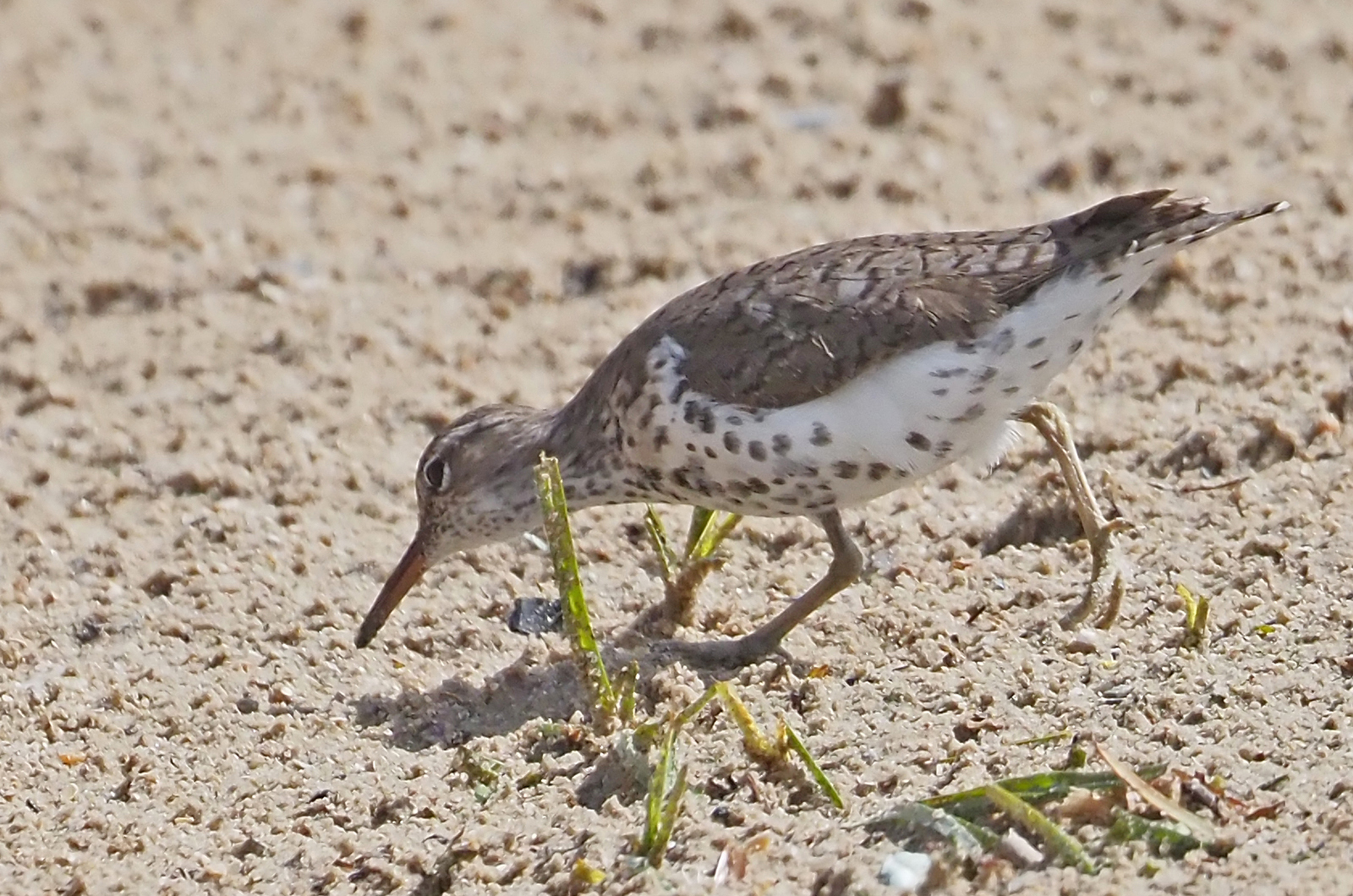


Comments (1)
Comments
Comment policy »